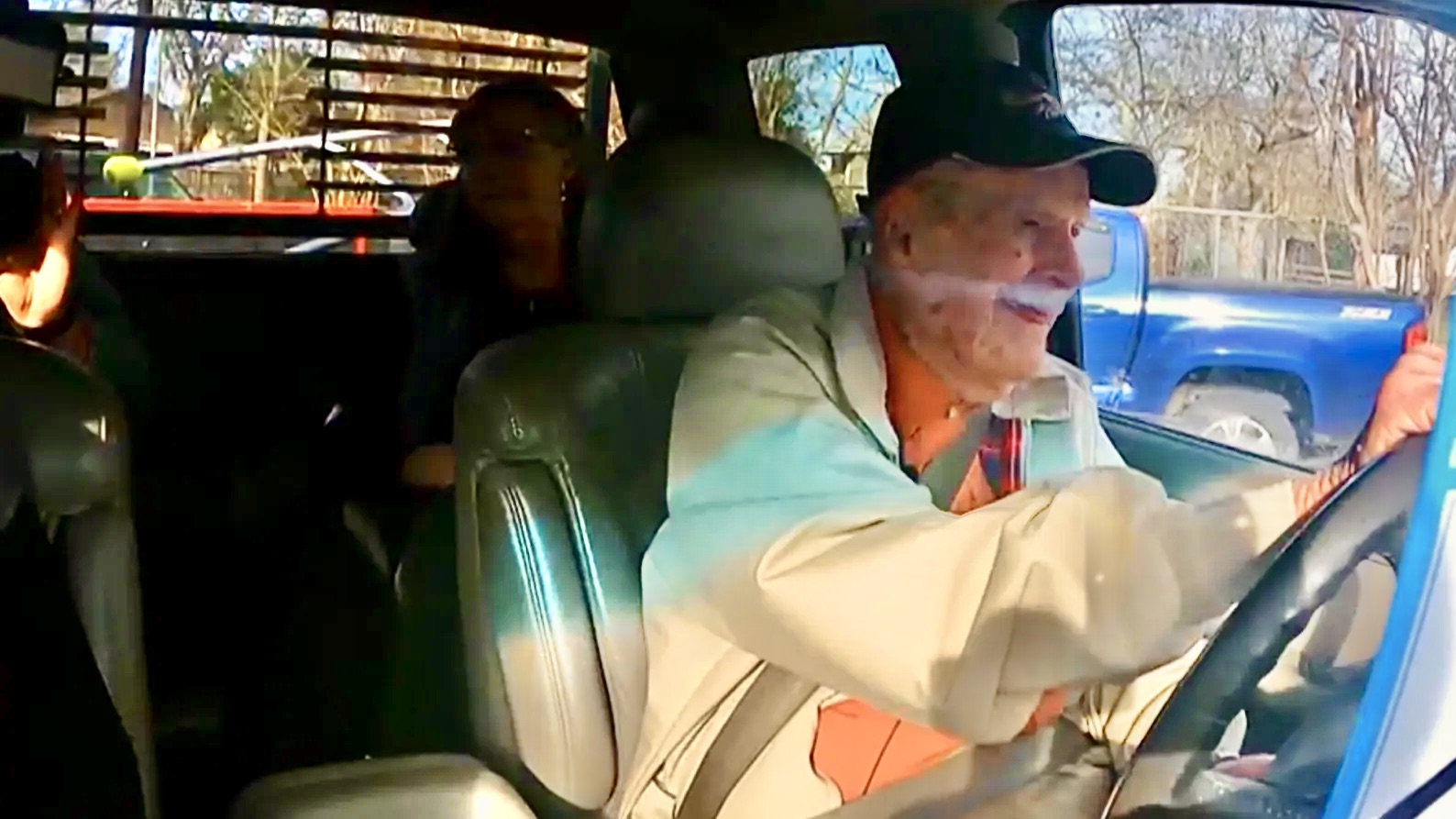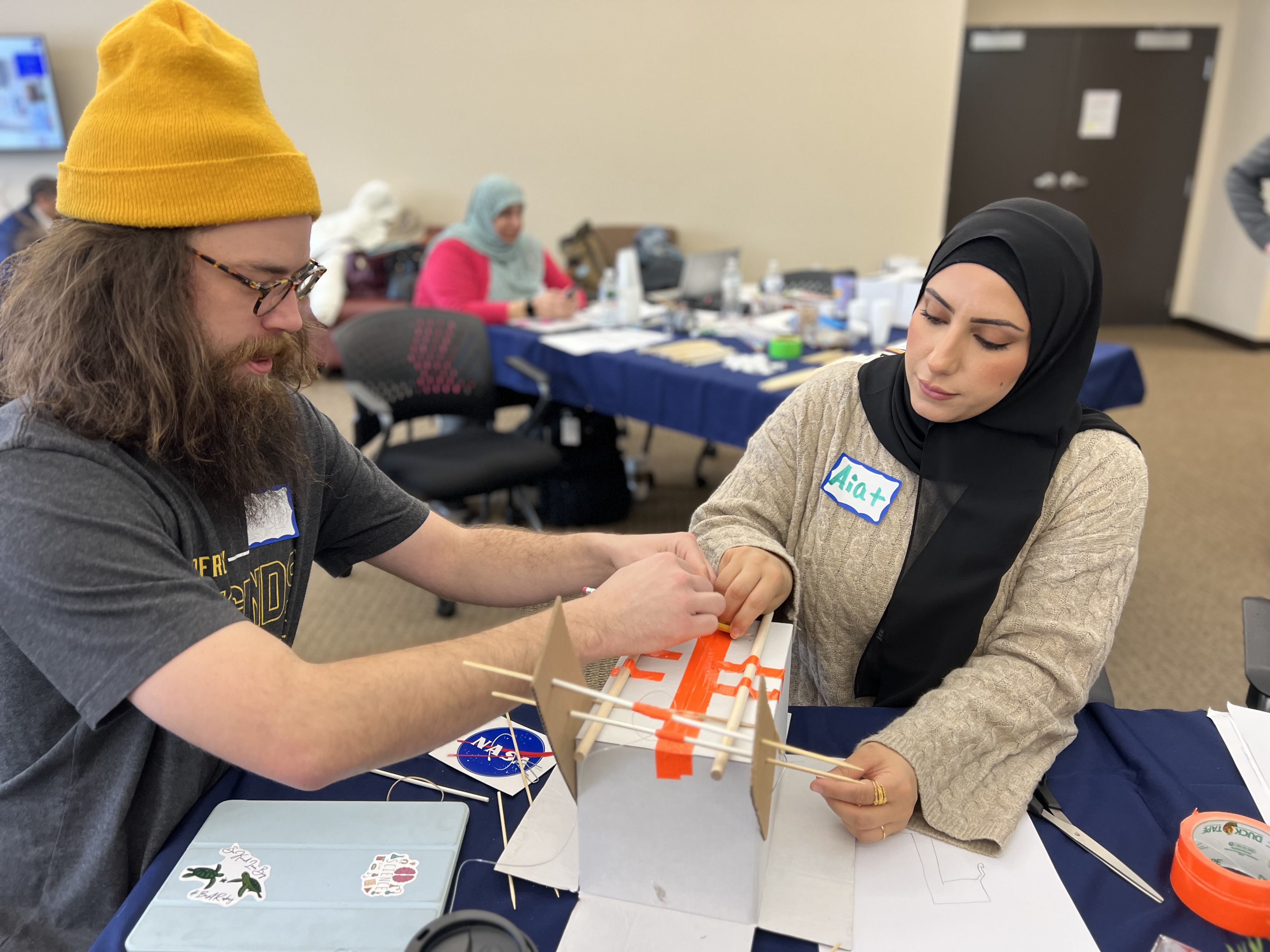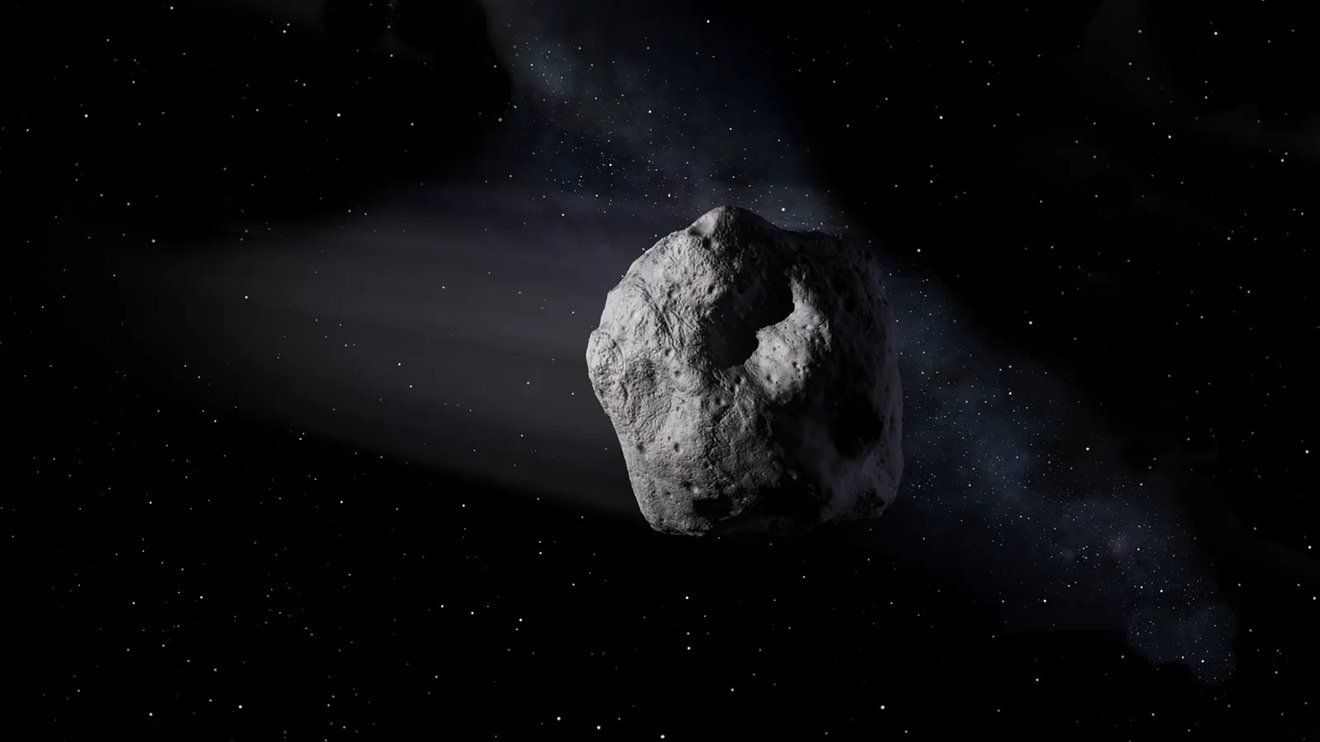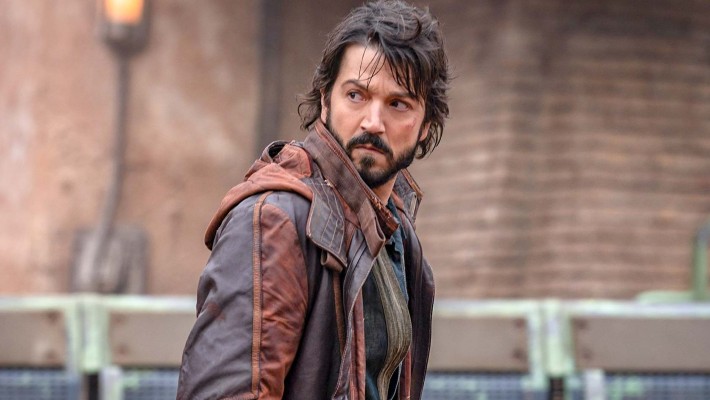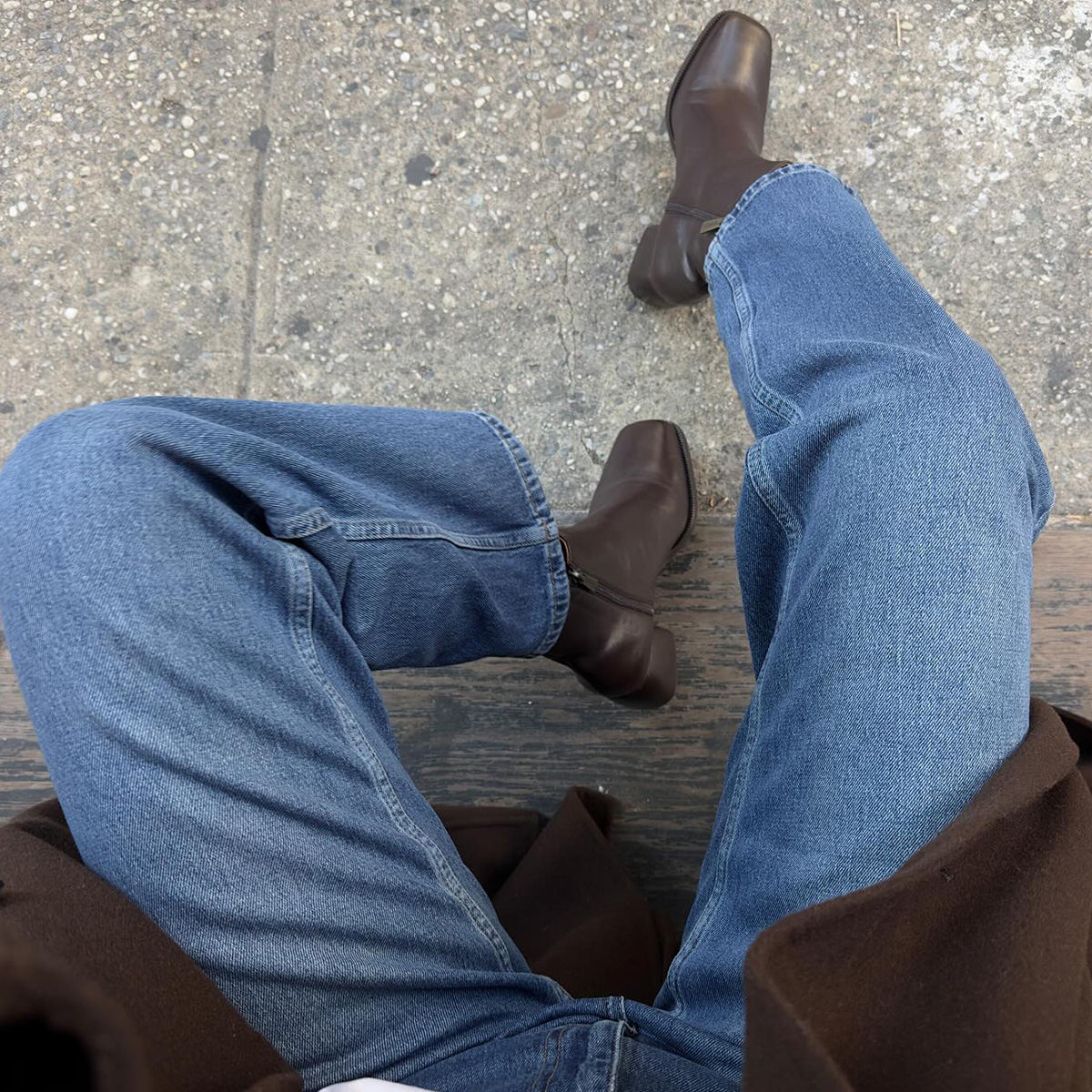Trump’s Talk of the Panama Canal Taps Into Old Myths About U.S. Power
By threatening to reclaim the Panama Canal, Trump is evoking false stories about U.S. beneficence.


In his inaugural address, President Donald Trump reiterated threats he has made about the Panama Canal, claiming, “we’re taking it back.” He’d previously declared that the rates Panama charges for access to the Panama Canal violated the “magnanimous gesture” the U.S. had made in building and transferring the canal. He repeated that 38,000 Americans had died building it, a far-fetched figure (the real number was likely closer to 350 people), but one that bolstered his claim that the U.S. had made a grand, selfless gift to world civilization in building the canal. [time-brightcove not-tgx=”true”]
Trump’s words reiterate an age-old American mythology regarding the relationship between the U.S. and Panama, one that hides a history of imperialism and exploitation. Is Trump’s rhetoric an effort to extort more money from Panama? Or, as some have theorized, is it a strategy to pressure Panama to do more to prevent migration heading to the U.S.?
The answer is simple: there is no greater or more idealistic symbol of U.S. power in the world than the Panama Canal. As Trump seeks a way to enhance the country’s power in the world, leaning on imagery regarding the Panama Canal provides just the right message.
To understand the origins and power of these tropes, one must go back to the very founding of the Republic of Panama. President Theodore Roosevelt provided strategic military support to the coup that gave Panama its independence from Colombia in 1903, and then swiftly seized control over the heart of the young republic—the territory that would become the Panama Canal Zone.
Read More: Donald Trump Still Wants to Take Control of Greenland—And Now Canada and the Panama Canal, Too
The treaty that made that possible gave the U.S. complete and permanent control over the Zone “as if it was sovereign.” It resulted from hasty negotiations with the owner of the French company that had continued digging the canal after his government’s effort to do so failed in 1888. The terms of the treaty brought the young republic to its knees, not only giving the U.S. the Canal Zone but also the right to seize more land in the republic and intervene in its internal affairs. It was, as the New York Times said at the time, a “national disgrace.” The editors added that if Roosevelt followed by building a canal across the isthmus, it would be “a policy of dishonorable intrigue and aggression.”
But that was exactly what the U.S. did. At first construction moved slowly due to the prevalence of disease and bureaucratic red tape. In these early days of 1904 and 1905, many in the U.S. felt anxious that the canal project would bog the U.S. down in scandal and corruption as it had the French.
To counter such worries, President Roosevelt exerted tremendous effort to make the canal project an idealistic symbol of U.S. global power. In a flamboyant trip to Panama in 1906, the first time a sitting president left the U.S., he toured the project and hailed it as a quintessential symbol of his nation’s greatness. Followed by teams of journalists, Roosevelt cast the Panama Canal as an “epic feat” that relied upon scientific, engineering, and medical know-how to advance civilization. This romantic notion of the canal successfully erased not only the role of Panama and the violations of sovereignty the canal’s construction required, but also the exploitation of hundreds of thousands of workers from around the world that made it possible.
The culmination of Roosevelt’s beneficent framing of the canal’s construction came during the spectacular world’s fair, the Panama-Pacific International Exposition, held in 1915 to celebrate the canal’s opening. The timing of the celebration—just as world war erupted in Europe—did not escape many Americans. As one article surmised, “In one case, all the reserves of science and invention are brought into play for the destruction of human life, its comforts and necessities, its works of art, its temples of worship. In the other case, all these reserves are marshaled to enhance human life, augment its comforts, nourish its sense of beauty, and increase its consciousness of human brotherhood.”
Even as the world’s fair and U.S. officials continued to celebrate the canal as a crowning achievement for the United States, in reality, it would not have been built without Panama sacrificing the broad swath of land in the heart of the republic, and the labor of thousands of Panamanian citizens. Panama also provided resources, infrastructural and economic support, and housed thousands of canal employees in its two port cities. And its entertainment districts, such as Cocoa Grove in Panama City, became important recreational areas for U.S. employees on their days off.
Nonetheless, the world’s fair continued the pattern of erasing Panama’s contributions. Panamanian officials were denied invitations to opening ceremonies for the fair, and instead a luncheon was held to honor the republic’s official representative, Don Lefevre. In a short speech Lefevre provided a counter-narrative that reminded the Americans of Panama’s central role: “We have had our territory pierced in two through the powerful arm of Uncle Sam.”
By the 1960s and ’70s, a global wave of decolonization, combined with growing Panamanian resentment and rebellions against U.S. hegemony, forced U.S. elected officials to acknowledge that continued violation of Panamanian sovereignty must end. Yet in a further confirmation of the place Panama held in Americans’ self-image of their selfless role in the world, popular opinion disagreed.
Read More: Trump Is Treating the Globe Like a Monopoly Board
Challenging President Gerald Ford’s bid for reelection in 1976, Ronald Reagan, the former Republican governor of California, discovered to his surprise that he could tap into a swell of support by demanding that the U.S. retain its control in Panama. Ford halted the sovereignty negotiations with Panama that had begun in 1971 during Nixon’s presidency, realizing the issue would cost him the election. Campaigning against Ford in 1976, Democratic candidate Jimmy Carter also promised he would not support transferring the canal to Panama. But upon winning the presidency, he soon joined the consensus that relinquishing control was in the best interest of the U.S. In September 1977, the Carter-Torrijos Treaties that transferred final and complete control to Panama as of Dec. 31, 1999, was signed. Despite this, in 1980, in a turning point that helped give rise to the formidable power of the New Right, Reagan continued to lean heavily on the Panama issue in his successful campaign against Carter.

In the quarter century since Panama achieved full sovereignty and control over the canal, its government has established a terrific record. The canal functions better and more safely than it did under U.S. control. Panama completed a vast construction project to expand the canal in 2014, overcoming the threat of obsolescence that had emerged as ships grew ever larger. The expansion was as complex a project as the original construction in the early 20th century had been, and it involved an ingenious design to recycle the water to minimize the canal’s environmental impact.
Yet despite these achievements, Trump’s recent comments show the long life of Americans’ myth of Panama. When Trump speaks of the magnanimous gift given by the U.S., he taps into ideas that date back to Theodore Roosevelt and imperialist projects long before him. If the U.S. wishes to project an image as a generous global power, it should find better strategies than threatening the sovereignty of a neighboring nation. There may be great political power in Trump’s claims, but it is based upon a romantic and fundamentally deceptive historical tale.
Julie Greene is professor of history at the University of Maryland at College Park and the author of Box 25: Archival Secrets, Caribbean Workers, and the Panama Canal (UNC Press, 2025).
Made by History takes readers beyond the headlines with articles written and edited by professional historians. Learn more about Made by History at TIME here. Opinions expressed do not necessarily reflect the views of TIME editors.
What's Your Reaction?


























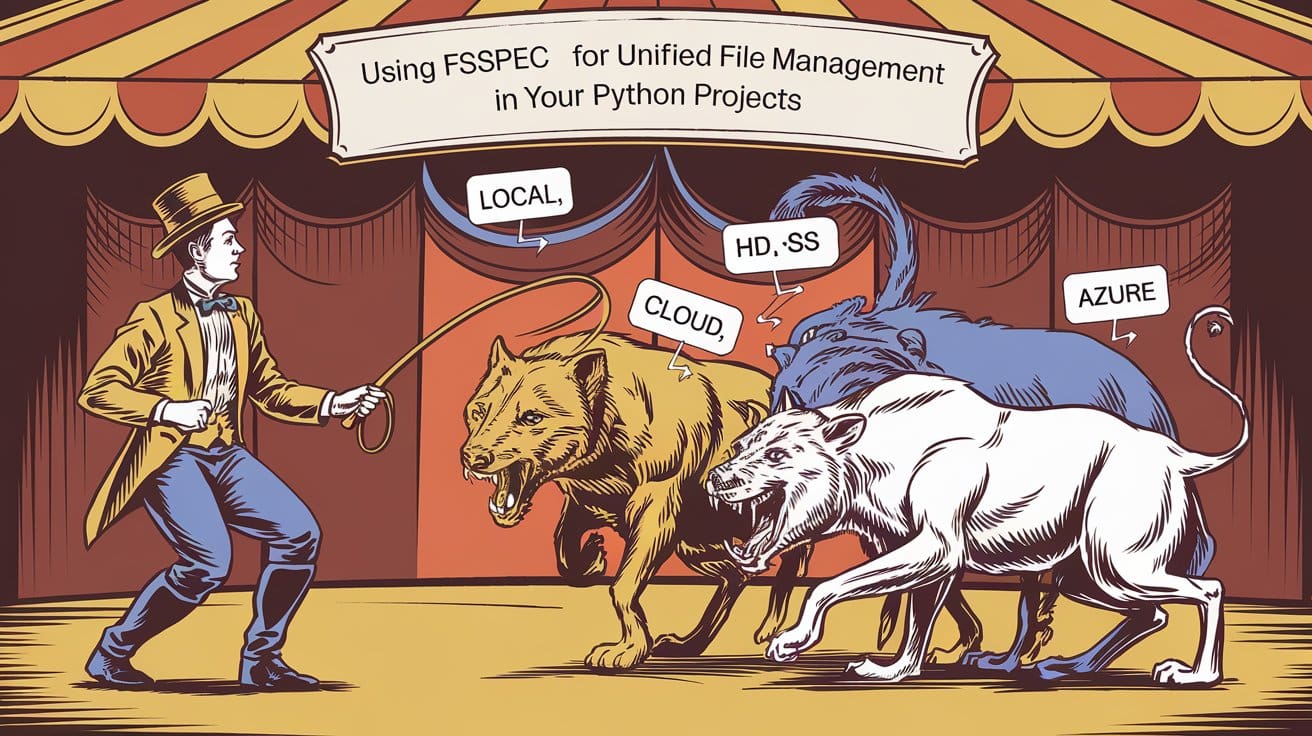





.jpg?width=1920&height=1920&fit=bounds&quality=80&format=jpg&auto=webp#)


